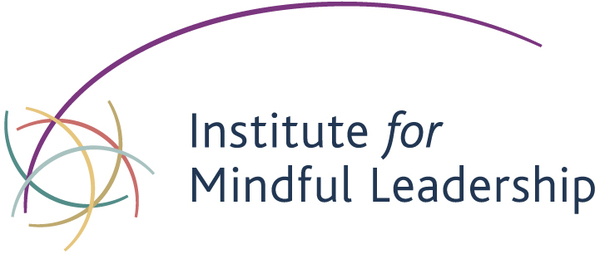
This post is part of a series on Cultivating Leadership Presence through Mindfulness. The series will culminate in a four-day mindful leadership retreat in New York in October 2013. For more information, visit http://www.mindfulleadership.com/.
Have you ever noticed that, paradoxically, the tighter you grasp something, the harder it is to hold on to? Some things will crush under the effort, like an egg. Other things will slip through your fingers, like sand or a water balloon. The pressure you exert may also suppress subtle signals that could be important -- think of taking a pulse. Still others may react by exerting a force equal to or greater than yours -- think of an untrained dog on a leash, those silly finger cuffs you used to get at school carnivals or... the human will.
While well-intentioned, we can often try so hard and so forcefully to achieve something that we push the objective even further away. Similarly, we may struggle to try to control something over which we have no power. This point has been brought home to me on several occasions.
At the first Mindful Meditation retreat I attended, we were asked to perform an exercise that worked something like this: Half of the participants formed a circle around the room facing in one direction. The other half formed an inner circle facing in the opposite direction. The task was to circle the room, zig-zagging in and out of the other circle without bumping into each other -- AND without talking or making eye contact. As you can imagine, the task was a difficult one. We were bouncing off each other and the walls -- literally. Your natural reaction was to apologize and in those moments of hesitation as you checked yourself, you created more congestion and jostling around you. We were then told to stop and were asked to repeat the task but with one simple piece of advice: "Look for the open spaces." Amazingly, we circled the room as if we had choreographed it and practiced for days -- it was smooth sailing all the way. Simply switching our focus from avoiding the obstacles -- the other people -- to focusing on stepping into the open spaces while maintaining our same direction and goal made a difficult task one we could accomplish with ease.
Another example from my work life in business. It had become my habit to work late into the evenings on complex problems that I was trying to solve. I was determined to stay and wrestle it to the ground. Little did I realize that much of this was unproductive effort, spinning my wheels. The harder I tried to force the solution, the more elusive it could become. I had fallen into the mistaken belief that any action was better than no action. However, when my first child was born, I frequently had no choice but to walk away from unfinished projects to make the daycare pickup on time. Over and over again, that insight I had been trying so hard to find by focusing directly on the problem and sweating it out would pop right into my mind and the path to the solution would become crystal clear while I WASN'T "working" on it. My subconscious mind had the answer all along, but I couldn't hear it for the noise and pressure I had created in my conscious mind.
An experienced sailor knows that he cannot control the obstacles or the weather. He must be alert to the subtle signals around him -- the shadows on the water, the direction of the telltales on the mainsail, the vibrations coming up through the keel. Keeping a light hand on the tiller and looking for the open spaces, he can reach his destination safely.
So too, we can learn to pilot our vessel -- ourselves -- smoothly through life. But first, we must learn to be still and be alert to the subtle signals around us: the burning in the pit of our stomach, the tension in our bodies, the smile that doesn't quite reach the eyes. What am I sensing? What does it mean? Can a small nudge work better than a forceful shove? How about a question instead of a declarative statement? The obstacles don't disappear, but with patience, presence and practice you can often find a course around them without creating more.
I now try to notice the signals around and within me, to resist the urge to act right away, to eliminate distractions, to clear the chatter in my head and give the problem the space it needs -- often mere minutes will do the trick.
Give yourself permission to be quiet, be still, and be present. Keep a light hand on the tiller and look for the open spaces. You may be surprised by what you "see" there.